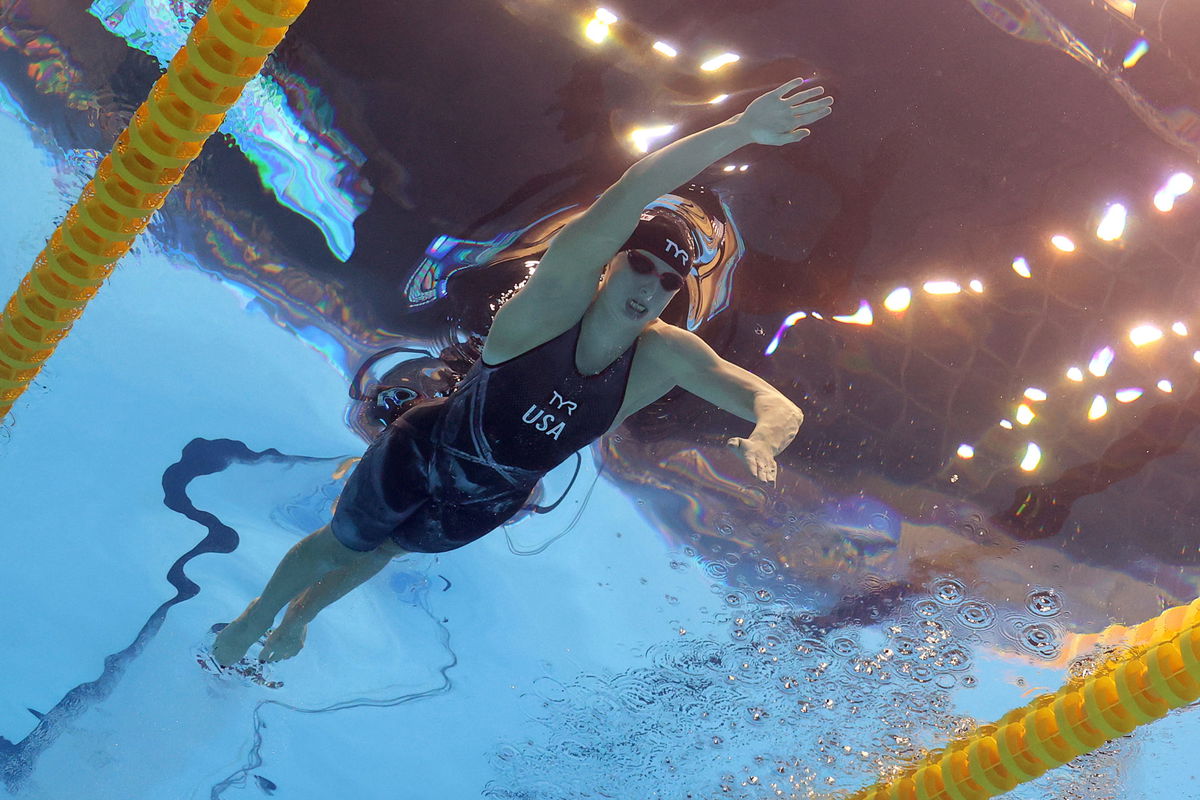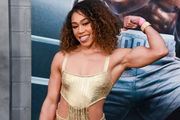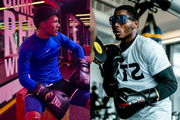

From July 26th onwards, swimming fans across the globe will witness some of the best swimmers in the world. Among them will be some of the USA’s best including Olympic medalists Katie Ledecky, Caeleb Dressel, and Kate Douglass. However, the Paris Olympics will also become the stage where Team USA’s swimming talents get to show the improvements they’ve made thanks to a special piece of tech.
Watch What’s Trending Now!
As early as 2015, researchers from Emory University and the University of Virginia have been busy developing the technology. However, the data analysis and simulation tech called a “digital twin” was finally able to help the athletes prepare for the Paris Olympics. However, the virtual doppelganger is far more complex than its name suggests.
ADVERTISEMENT
Just in time for the Olympics
For decades the world of athletics has praised swimmers for breaking the boundaries of possibility. Throughout the 2000s and 2010s, Michael Phelps established himself as the most winningest athlete in Olympics history. However, science has found that Phelps was literally born to swim, thanks to his anatomy.
Hence, coaches have worked closely with researchers for years to develop athlete-specific training. Every athlete is different and simply copying the techniques and training protocols of Phelps, Ledecky and other legends won’t yield the best results. So researchers with the two universities set out to develop tech to revolutionize how swimmers train, and just for the Olympics.
Top Stories
Greg Biffle Plane Tragedy: What Might Have Caused the Crash That Killed the NASCAR Champ and His Family

Jake Paul vs. Anthony Joshua Fight Purse: How Much Are Alycia Baumgardner and Others Earning?

What Is Alycia Baumgardner’s Net Worth in 2025? Career Earnings, MVP Deal With Jake Paul, Biggest Purse & More

Leila Beaudoin Relationship Status: Is the Canadian Boxer Married or Single?

Alycia Baumgardner Boyfriend/Husband: All About Her Relationship Status and Dating History

Jahmal Harvey vs. Kevin Cervantes Stats Comparison and Prediction: Record, Age, Height, Reach, Weight, Knockout Ratio, and Rankings

The digital twin program is a marriage of different fields of science including mathematics, physics, and biomechanics. While we fans see swimmers trashing in the pool to determine who is the fastest at a given distance, science sees it as each individual’s battle with the forces of physics. It’s a battle against “the force of drag (described in Newton’s second law), and they must create forces that move their body to the finish,” as revealed in a Scientific American article.
ADVERTISEMENT

Getty
INDIANAPOLIS, INDIANA – JUNE 30: Katie Ledecky competes in the Women’s 400 Meter Freestyle Final on day four of the Phillips 66 National Championships at Indiana University Natatorium on June 30, 2023 in Indianapolis, Indiana. (Photo by Sarah Stier/Getty Images)
So researchers developing the program have been busy analyzing these forces, turning them into quantifiable metrics. These scientists have worked closely with coaches and swimmers to develop specialized sensors. Athletes equipped with sensors in different parts of their bodies including their arms, backs, and ankles have provided data for years.
ADVERTISEMENT
Researchers have analyzed the “body’s acceleration, orientation and force,” of hundreds of US swimmers. However, in more recent years an innovation in the sensors that swimmers wear in their hands has led to breakthroughs. The bands that were already capable of recording data 512 times per second became more accurate, just in time for the Paris Olympics.
“These high-tech bands measure the pressure differential between the palm and the side of the hand, revealing the direction of the force.” the article revealed. Armed with this, scientists created accurate digital twins of 100 swimmers, including everyone representing the USA in the upcoming Olympics. Get worked with coaches to provide insights even decades of experience couldn’t uncover.
ADVERTISEMENT
How did the technology help the US swimming team?
The data enabled researchers to make immediate adjustments to the digital twins. They would then simulate the results of these changes to see if adjustments yielded better results. So based on the tests, they suggested what improvements the swimmers needed to make. Besides making suggestions the digital twins also helped coaches and researchers improve race strategies.
Kate Douglass, who will participate in her second Olympics in Paris, directly contributed to developing the tech. Douglass is pursuing her statistics degree at the University of Virginia. Since UVA is one of the two universities working on this technology Douglass could contribute like no other. In fact, the program created Kate Douglass’s digital twin in November 2020.
Back then, the Olympian didn’t include the 200m breaststroke in her portfolio. Yet, researchers discovered she had “the physical ability and aerobic capacity,” to compete in the event at the Olympics. They learned this mere hours after compiling her twin. While simulating the Olympic bronze medalist’s digital twin researchers also used another feature of the technology.
ADVERTISEMENT
The virtual doppelganger enabled researchers to compare Kate Douglass’s head position with 2016 gold medalist Lilly King. After running a simulation they found the secret to success was to adjust her head positing to lower the drag. At this year’s Olympic trials, despite not making it through the 100m prelims, the 22-year-old broke the championship record in the 200m breaststroke.
The simulations also excel in catching other flaws holding swimmers back. Besides head position, common flaws include inefficient breathing, leg position (too low), and unbalanced body rotation. Thanks to the tech the entire US Olympic swimming team has benefited. Coaches and multiple-time Olympic medalists have discovered flaws they never knew existed. However, we’ll have to wait until the Paris Olympics to see just how much of a difference digital twins have made.
ADVERTISEMENT
ADVERTISEMENT
ADVERTISEMENT

